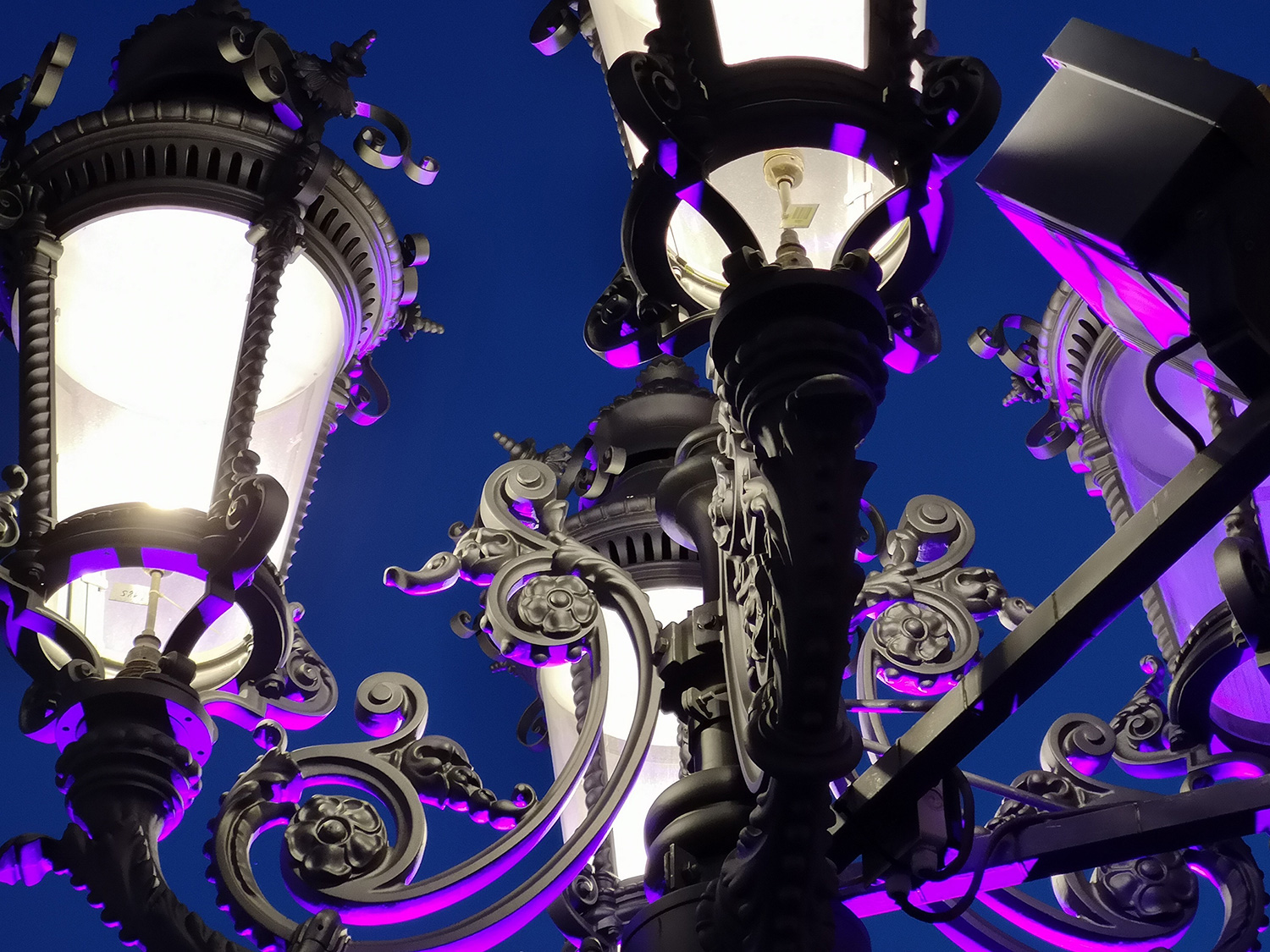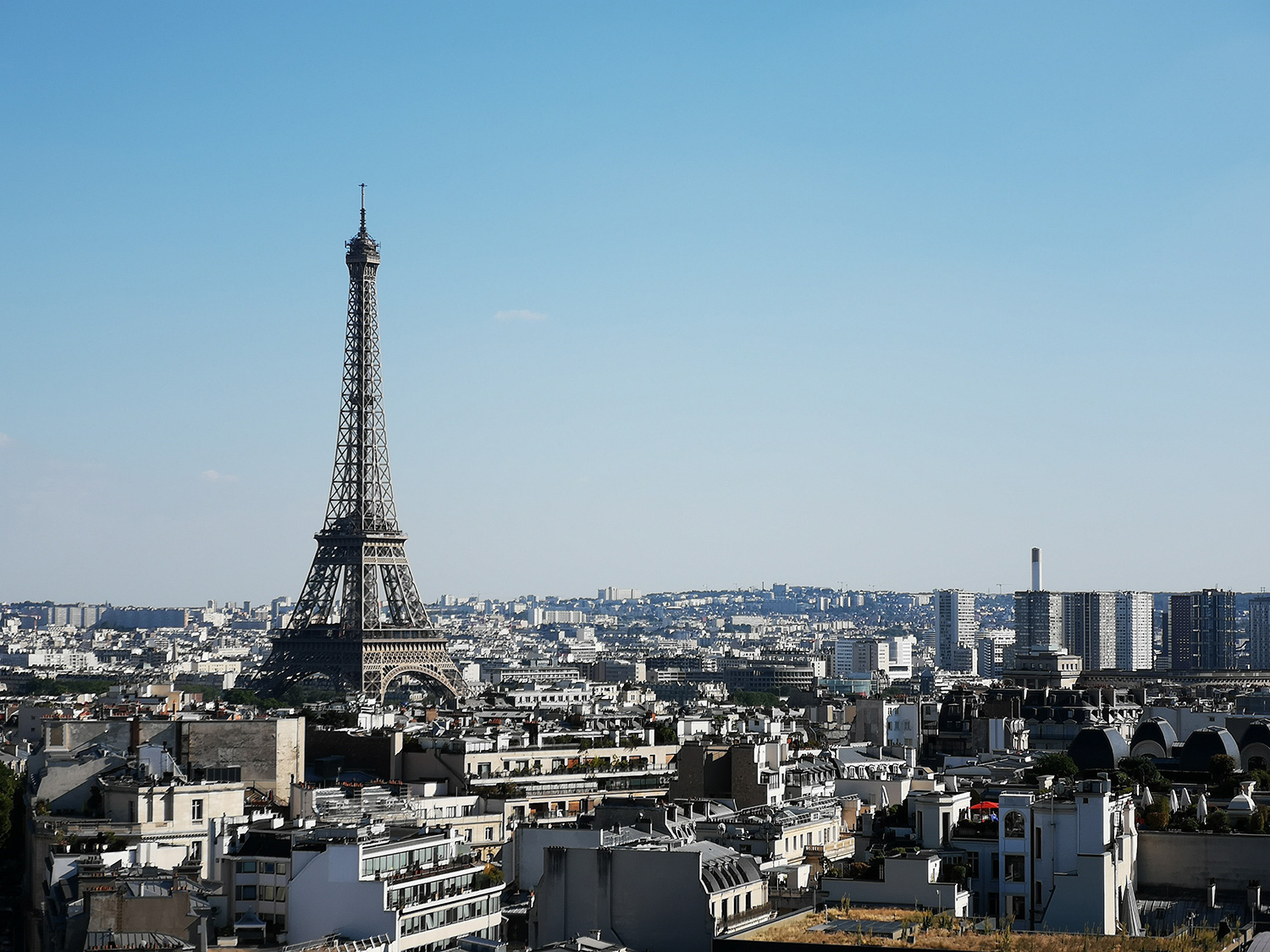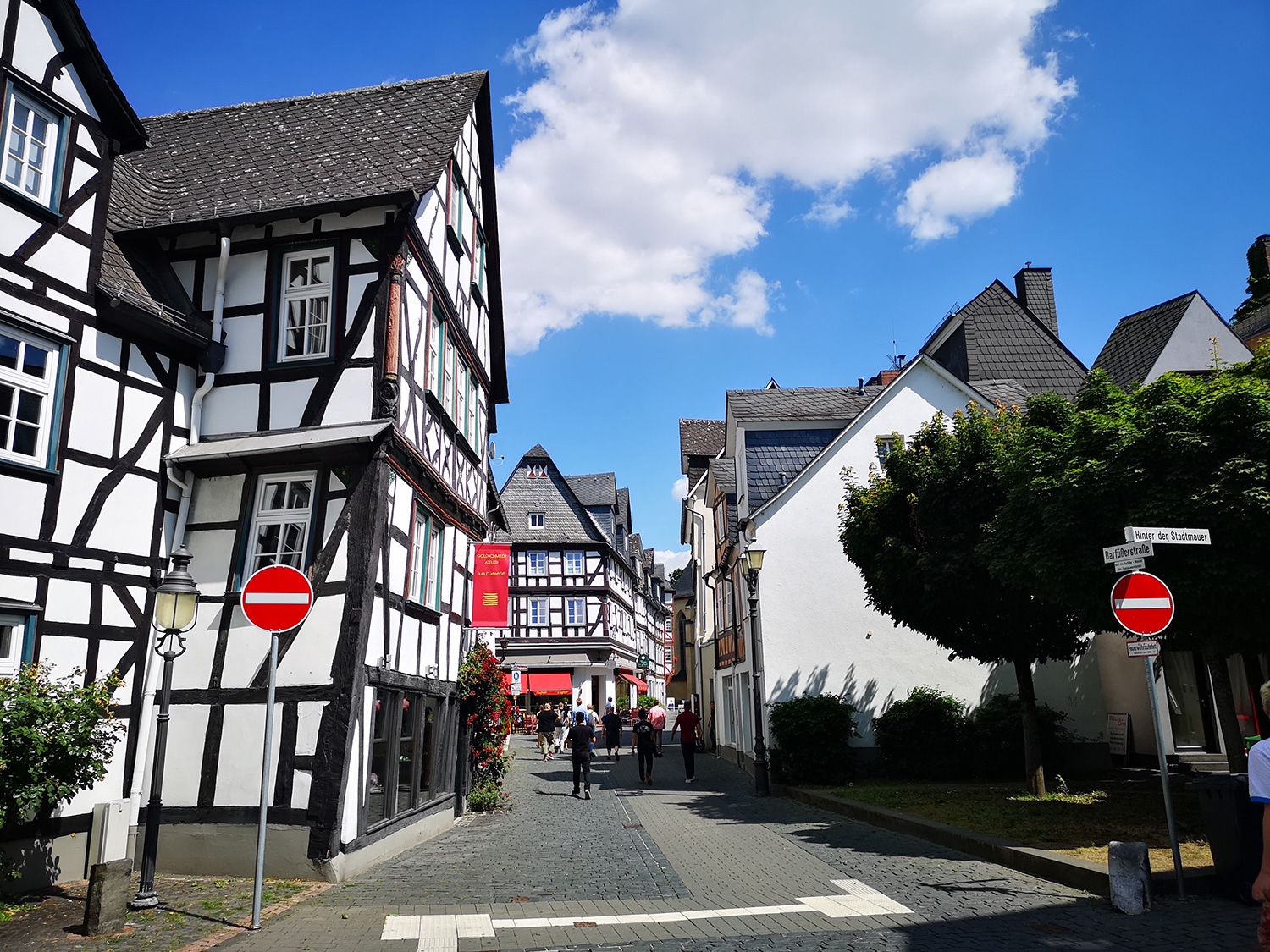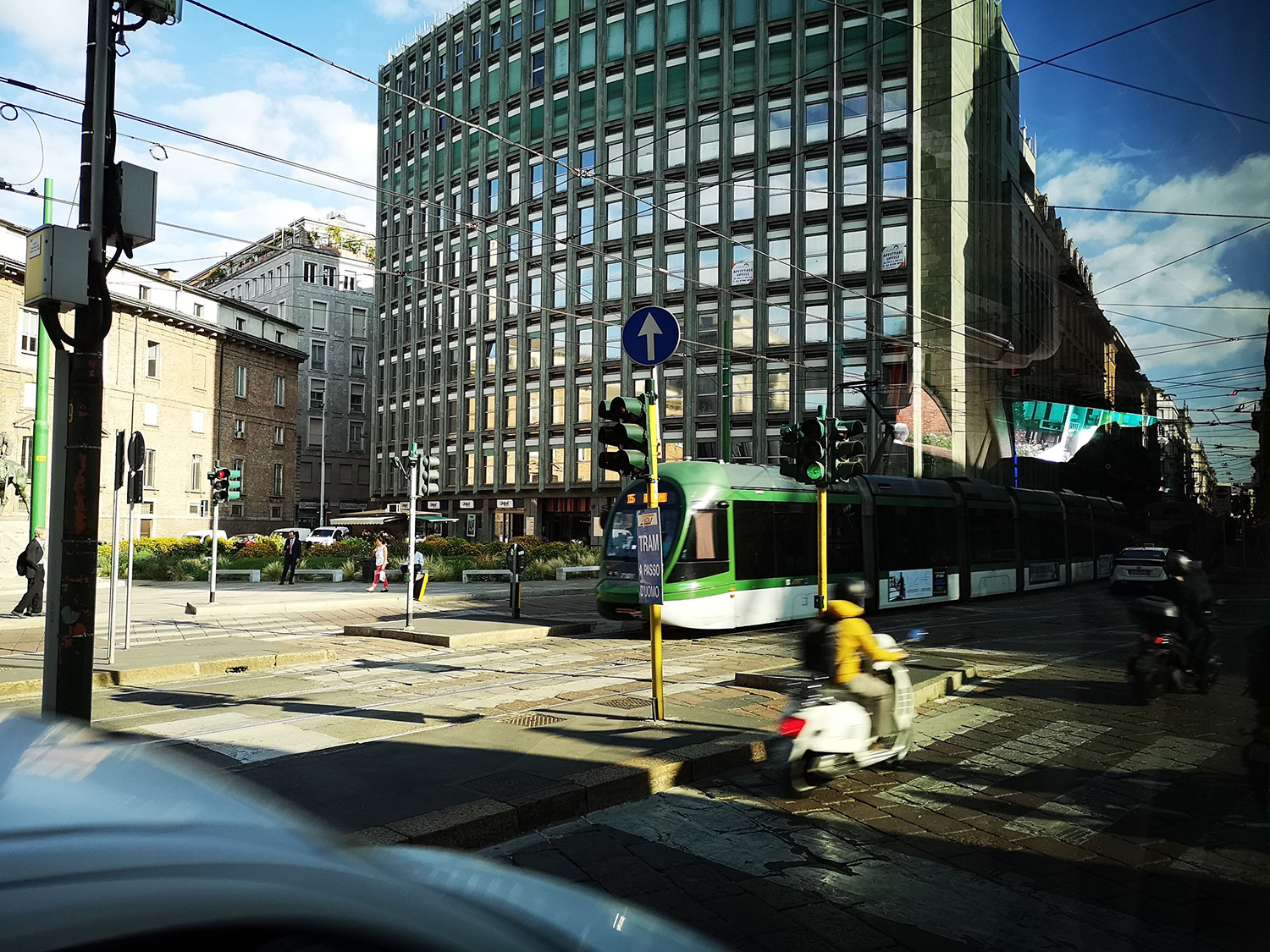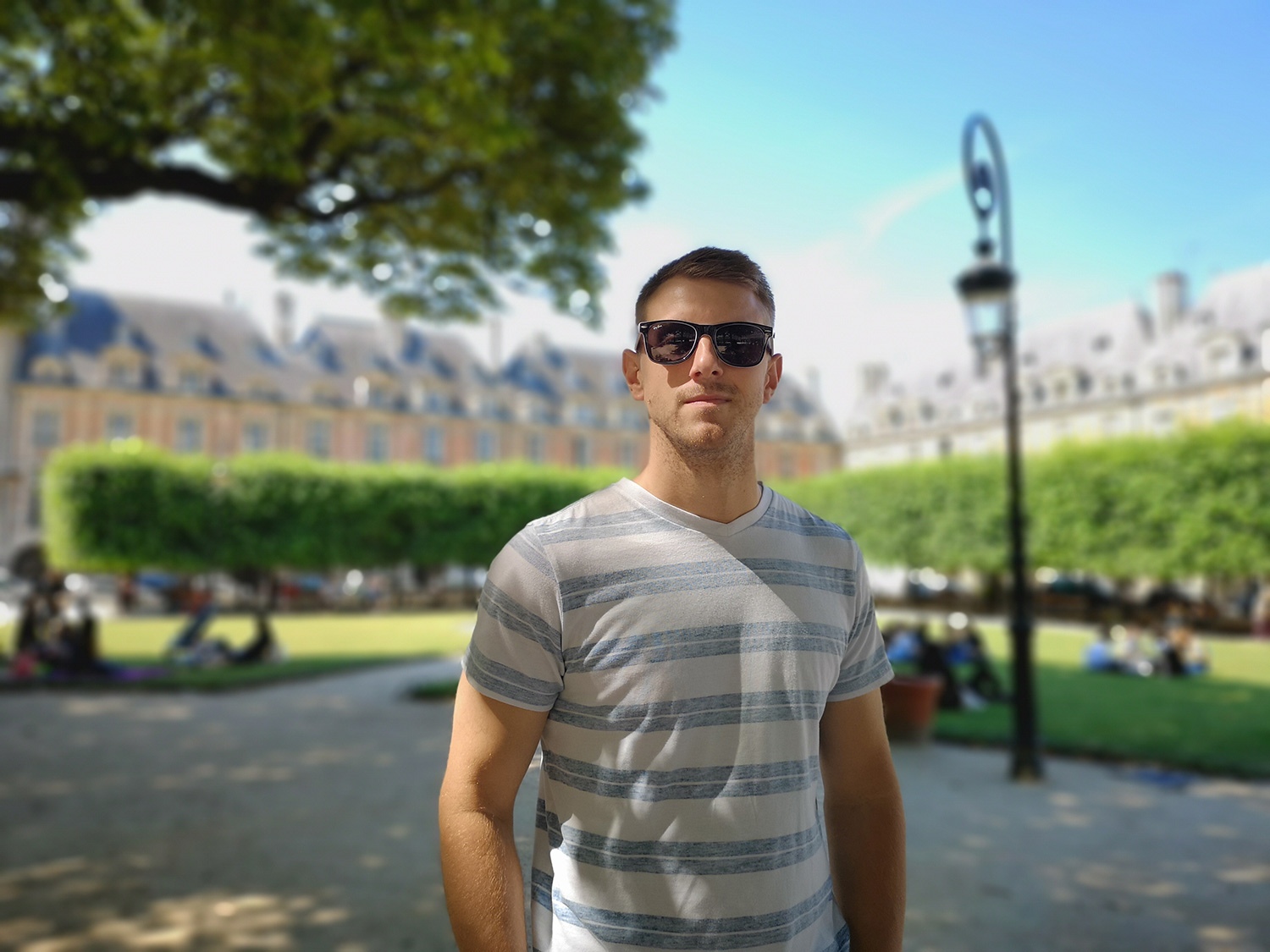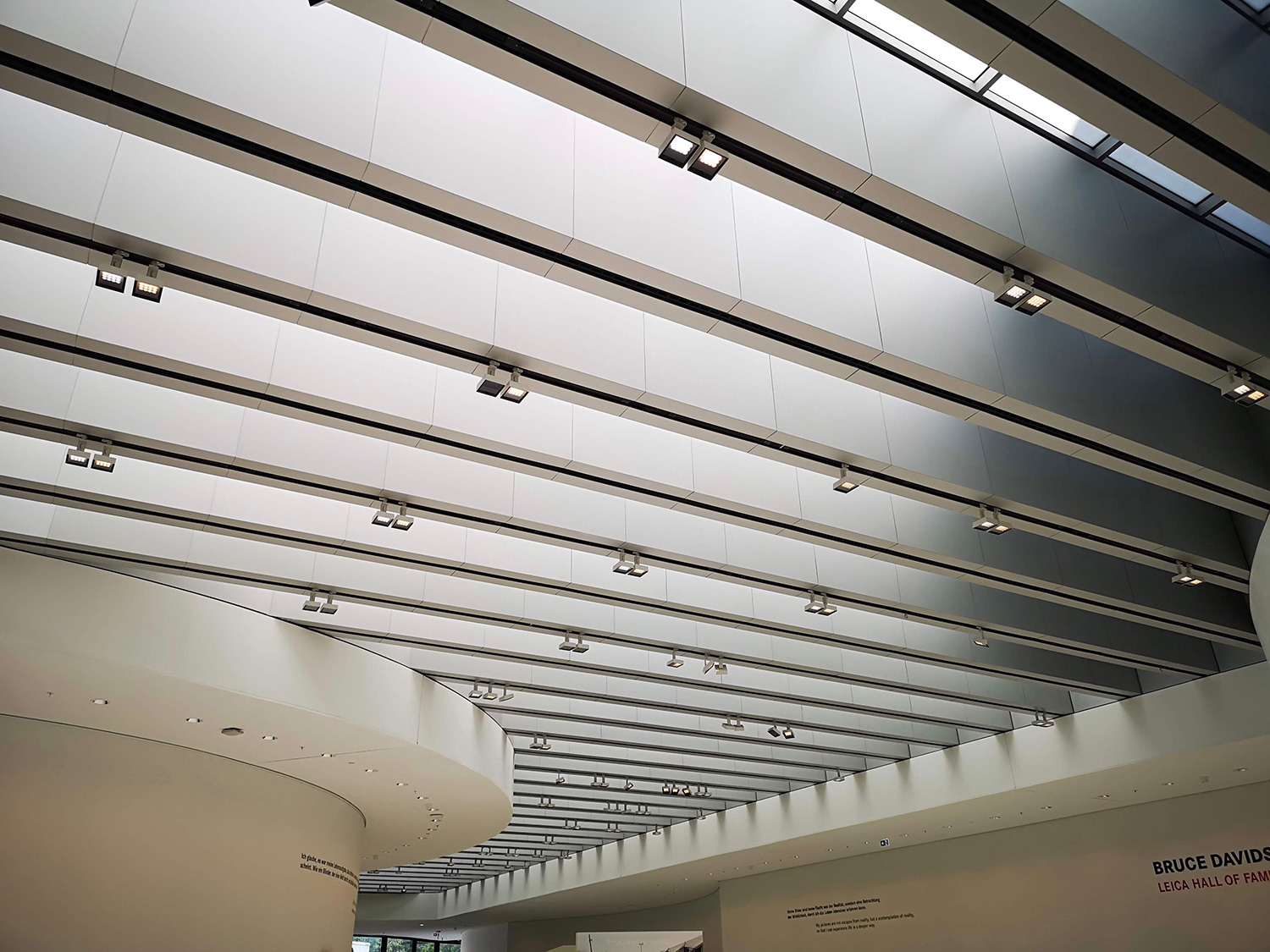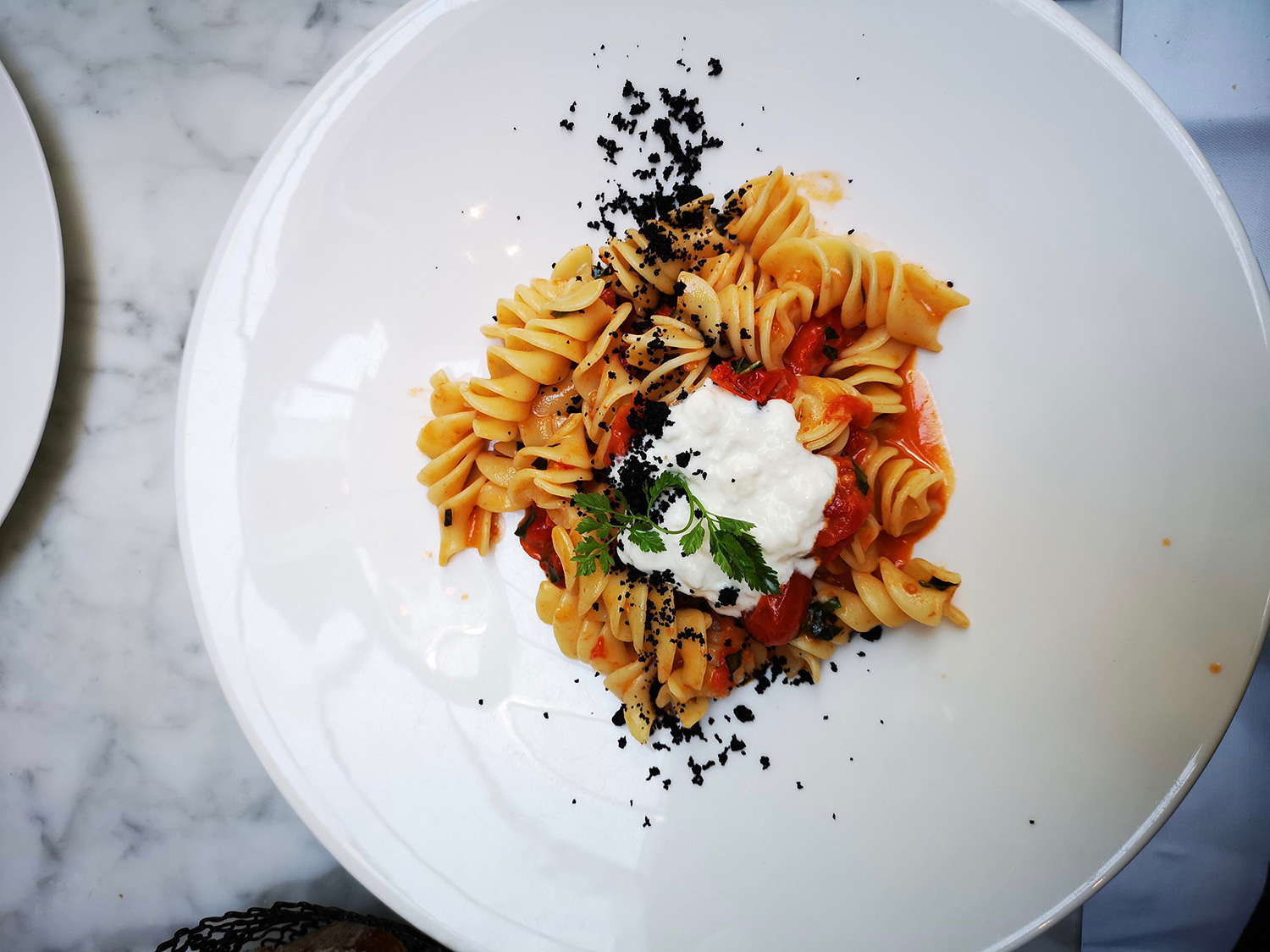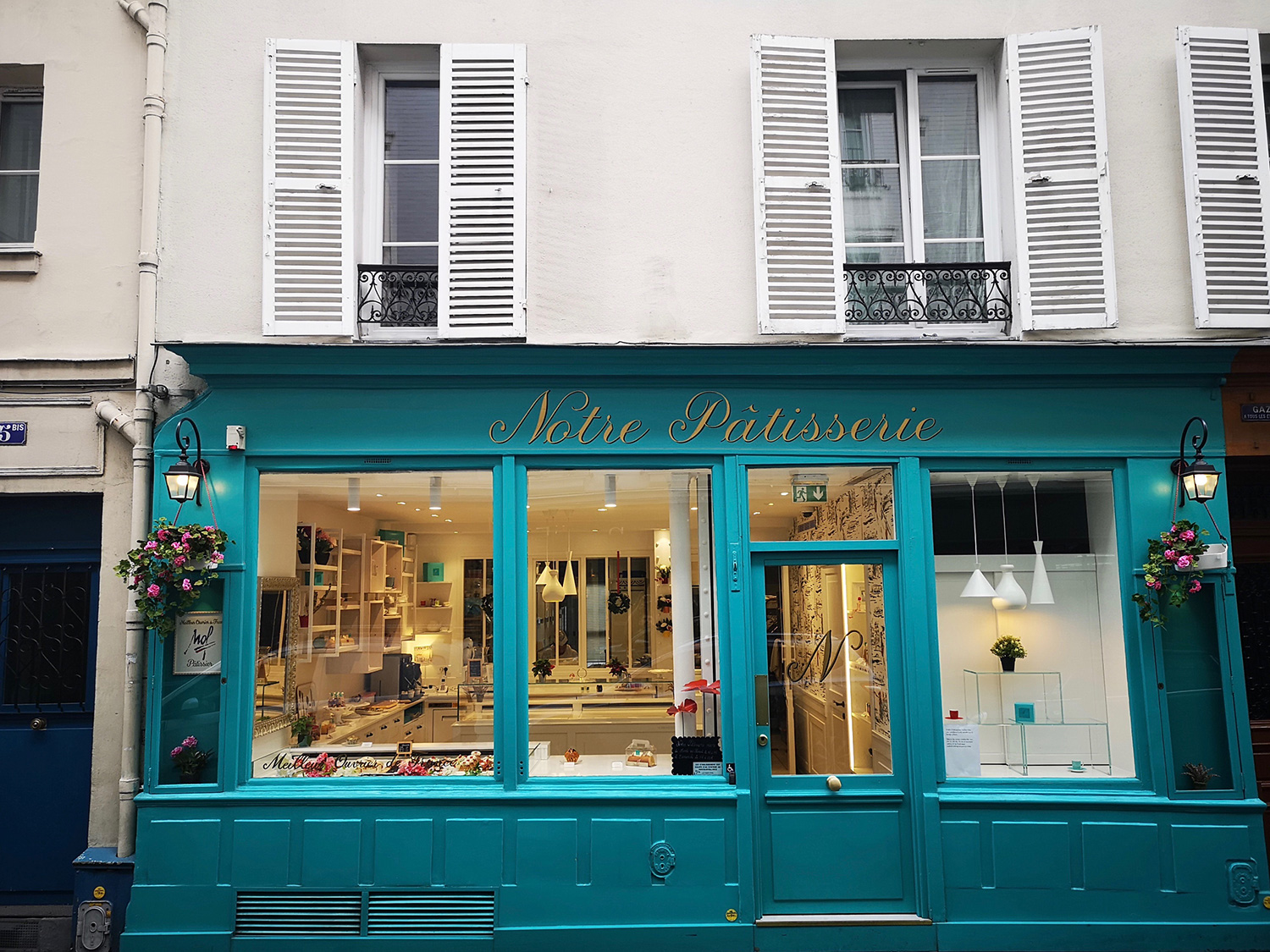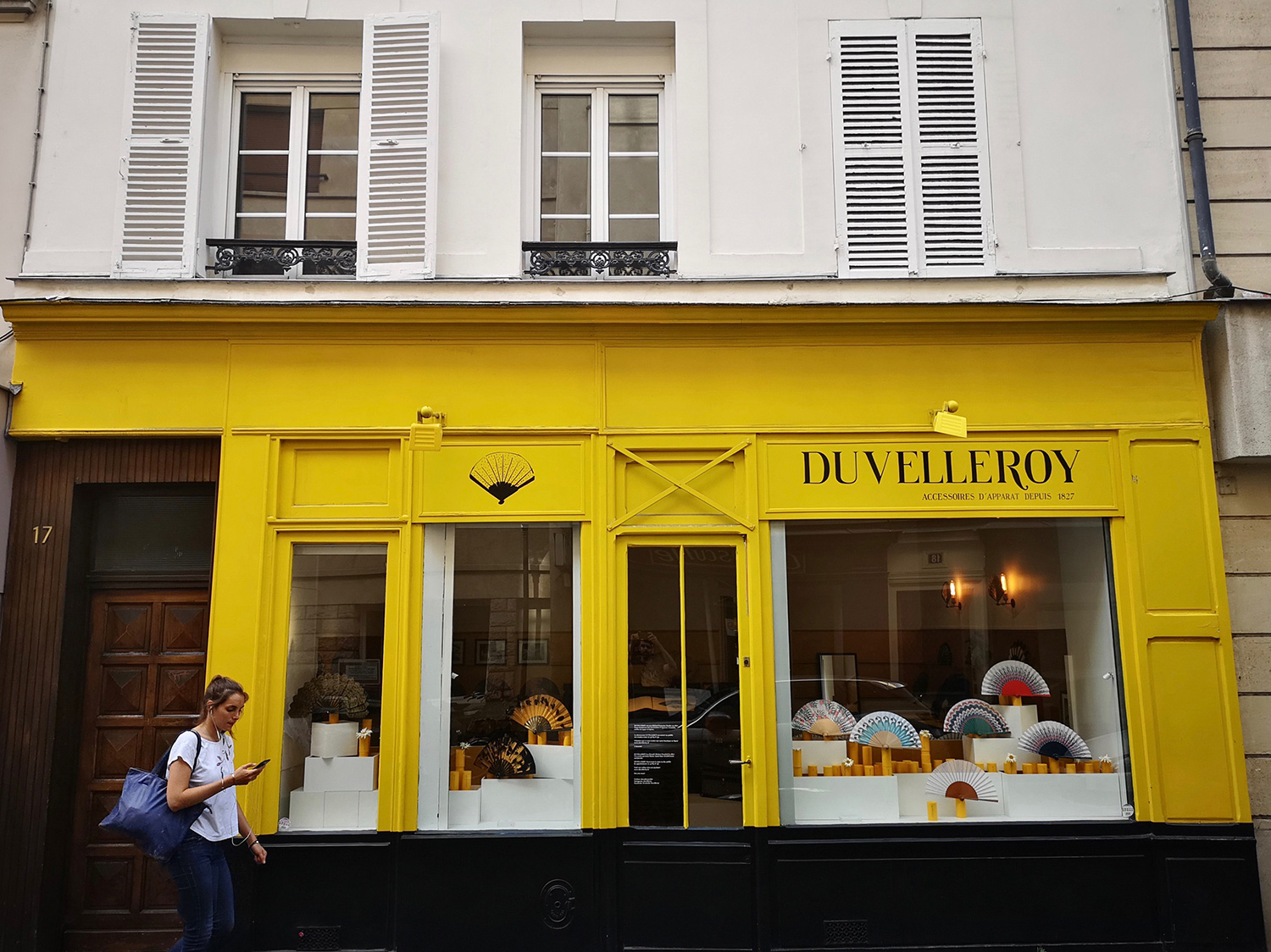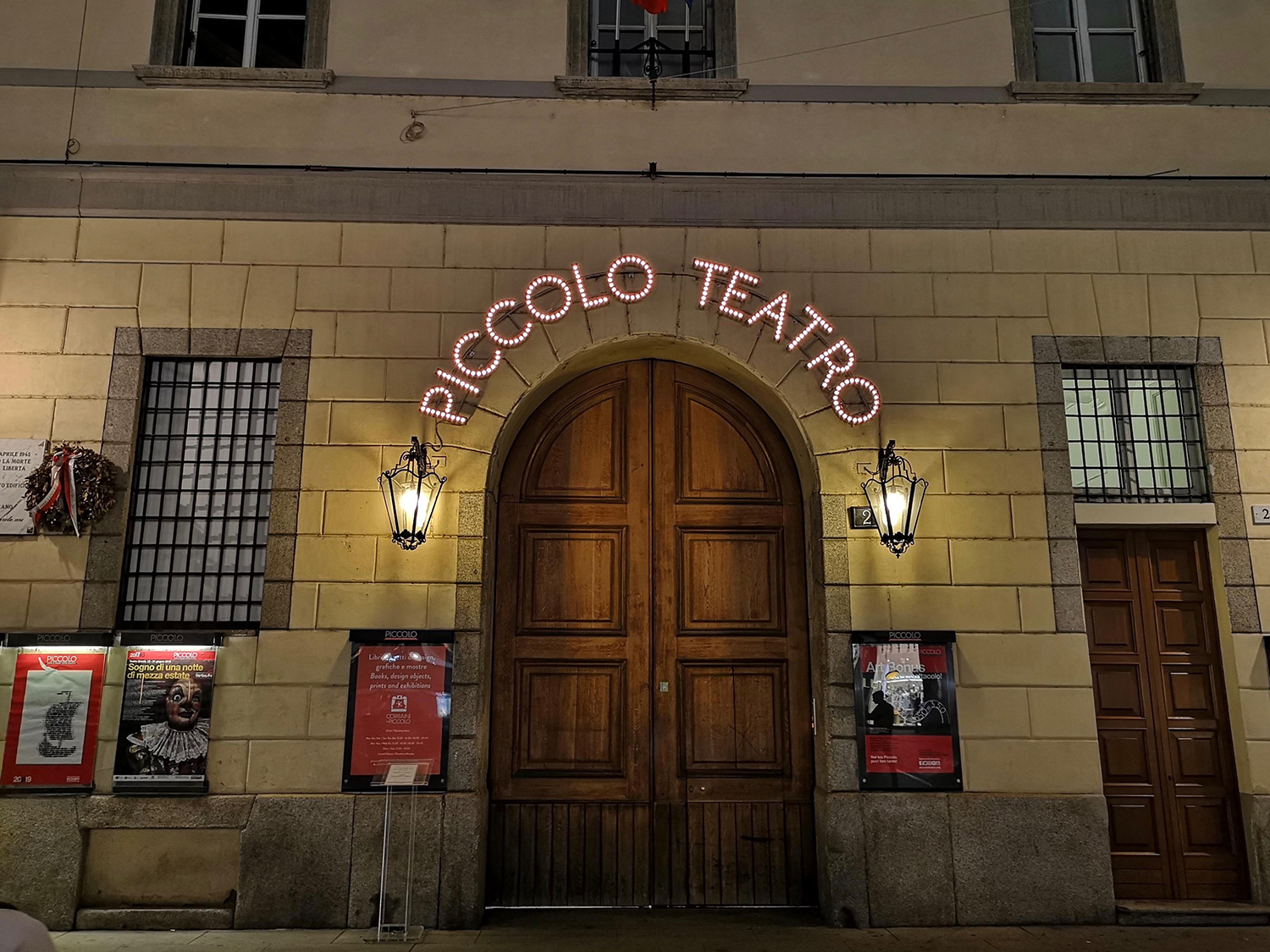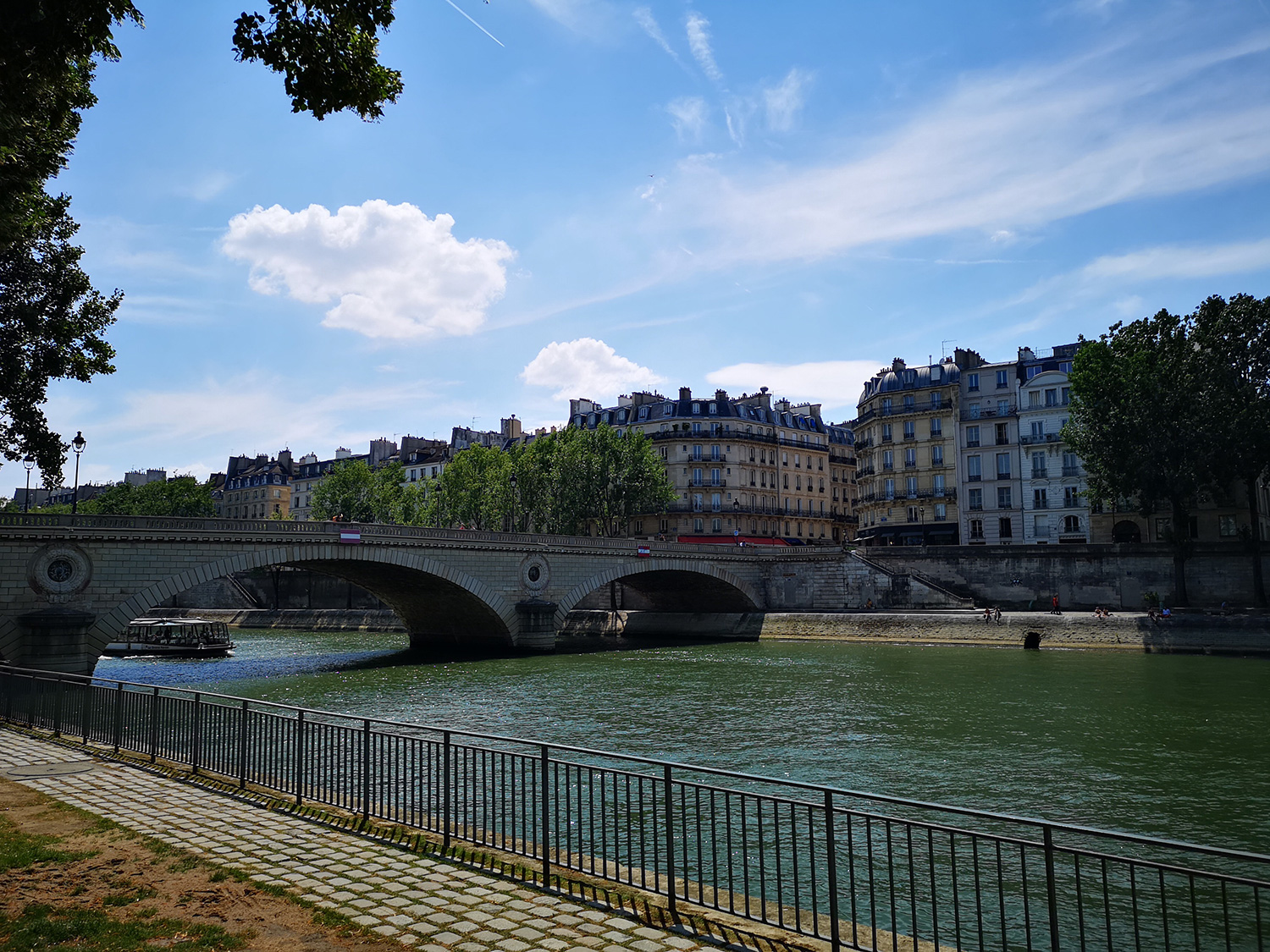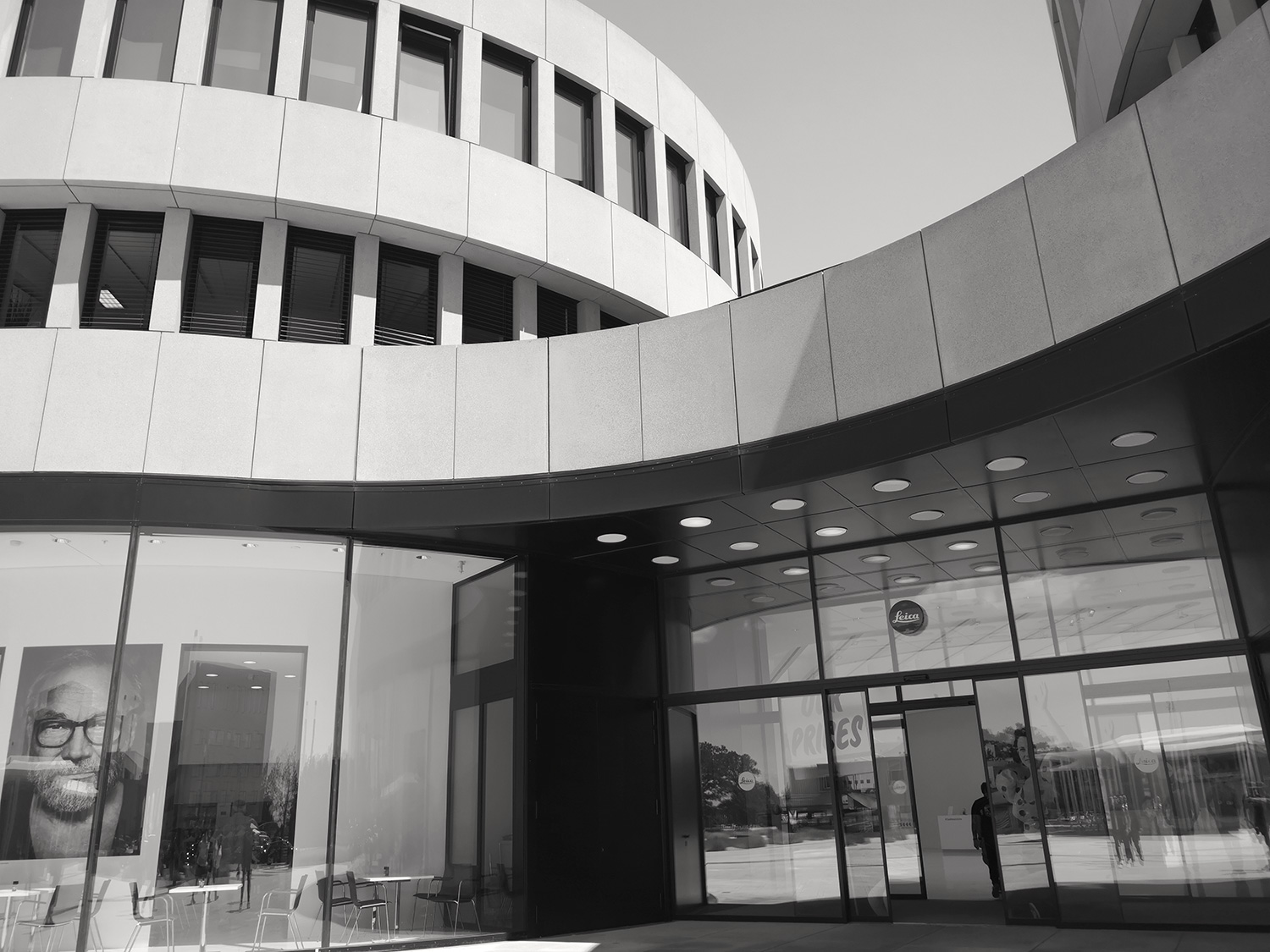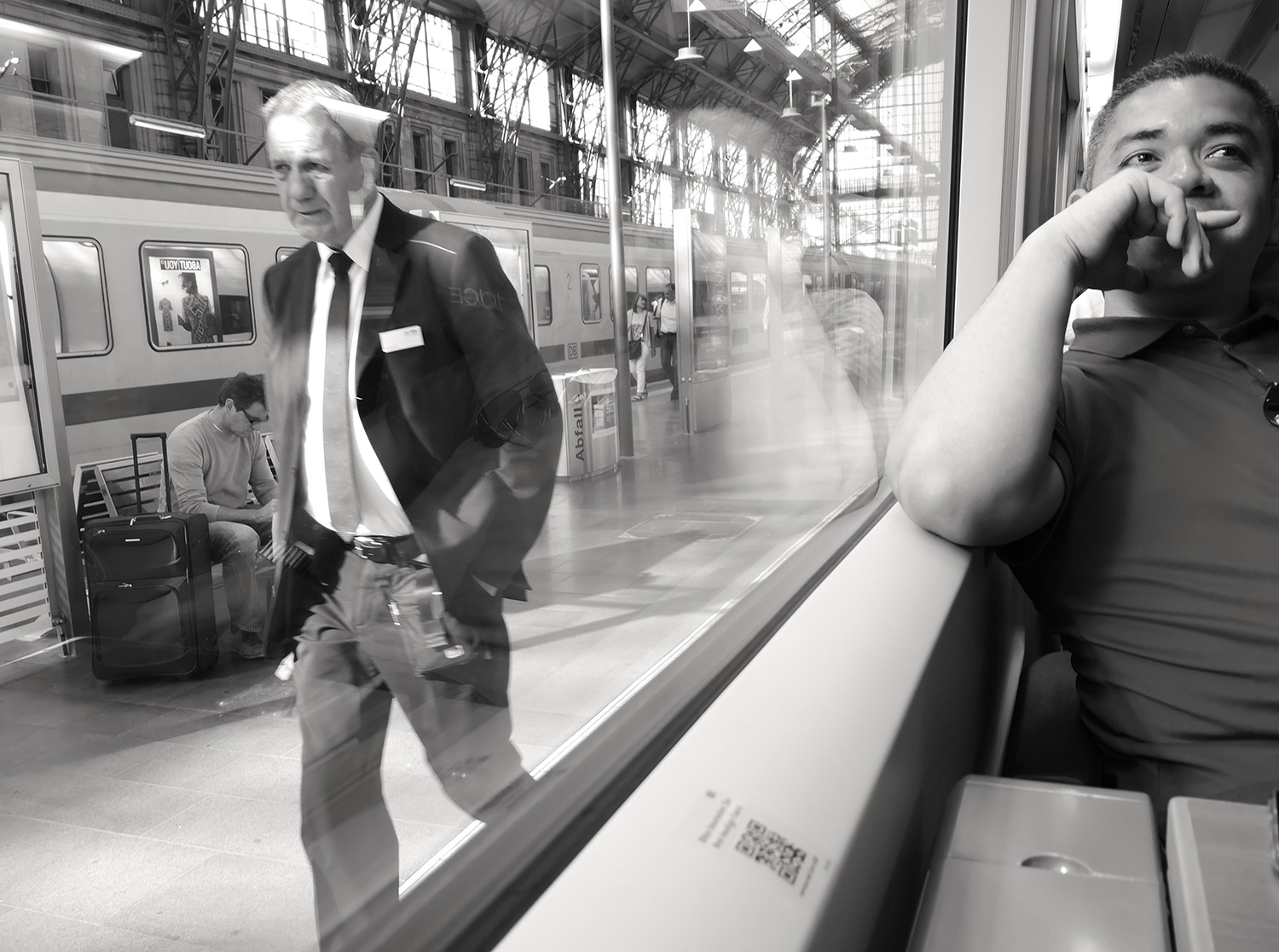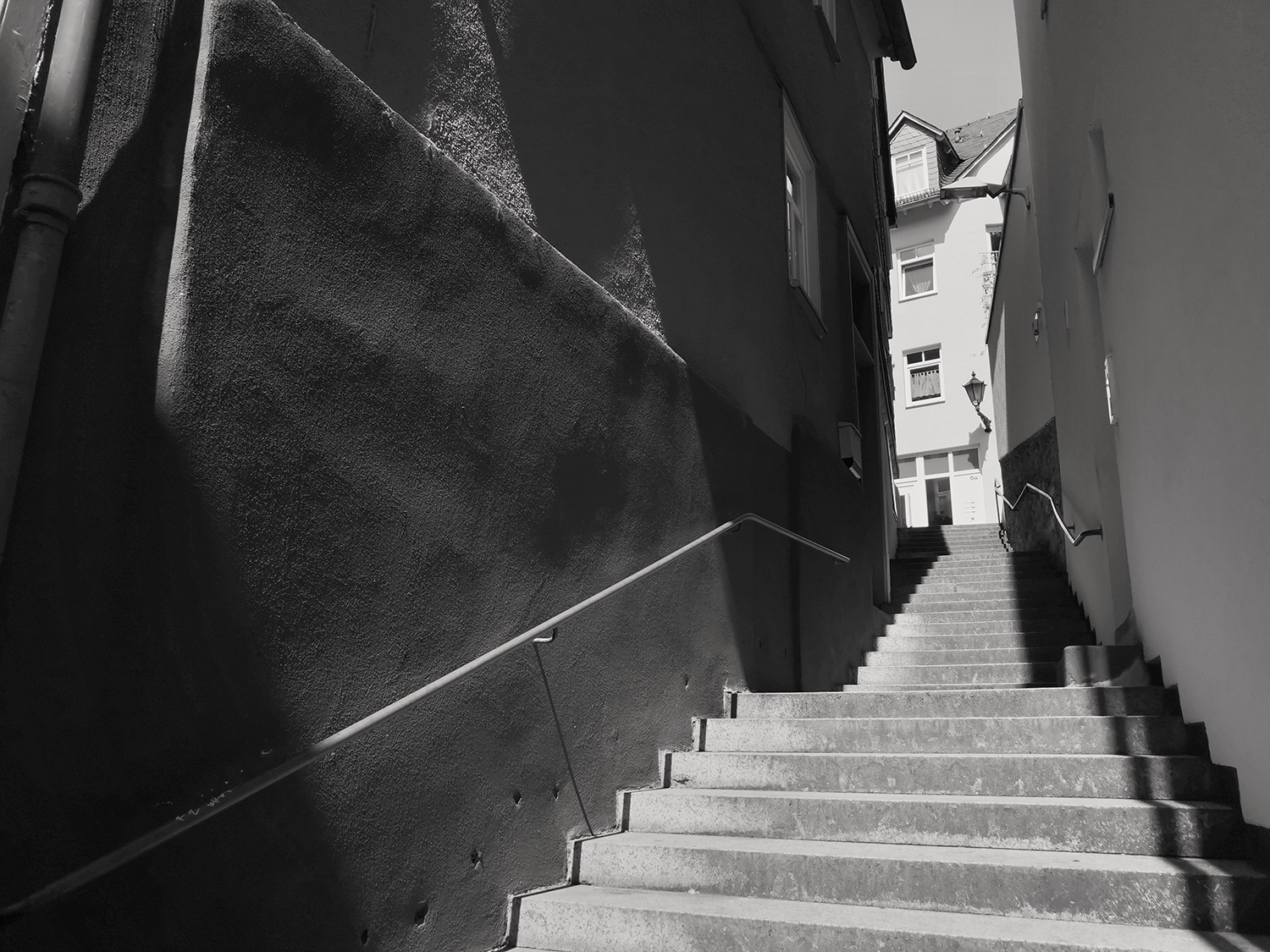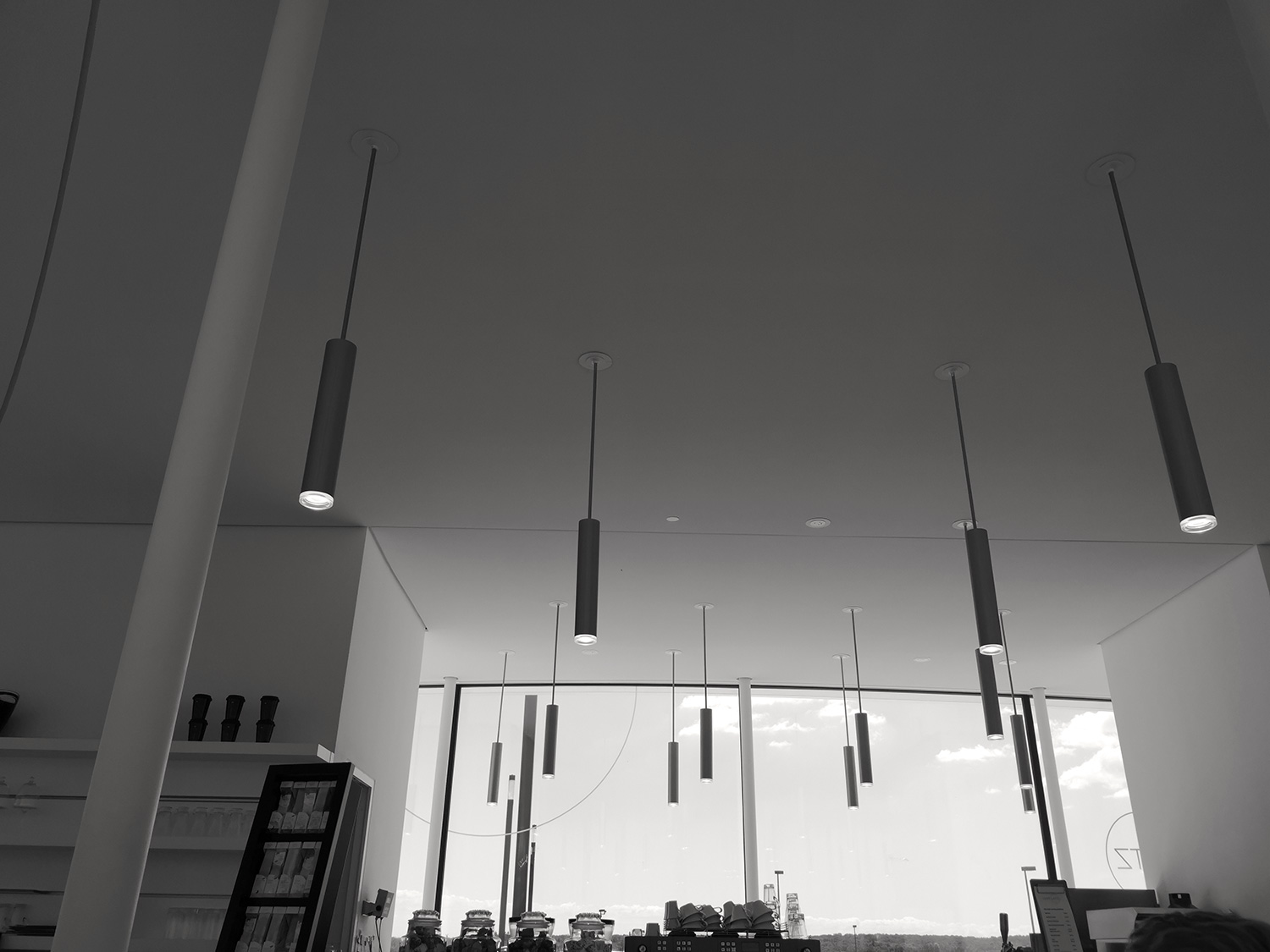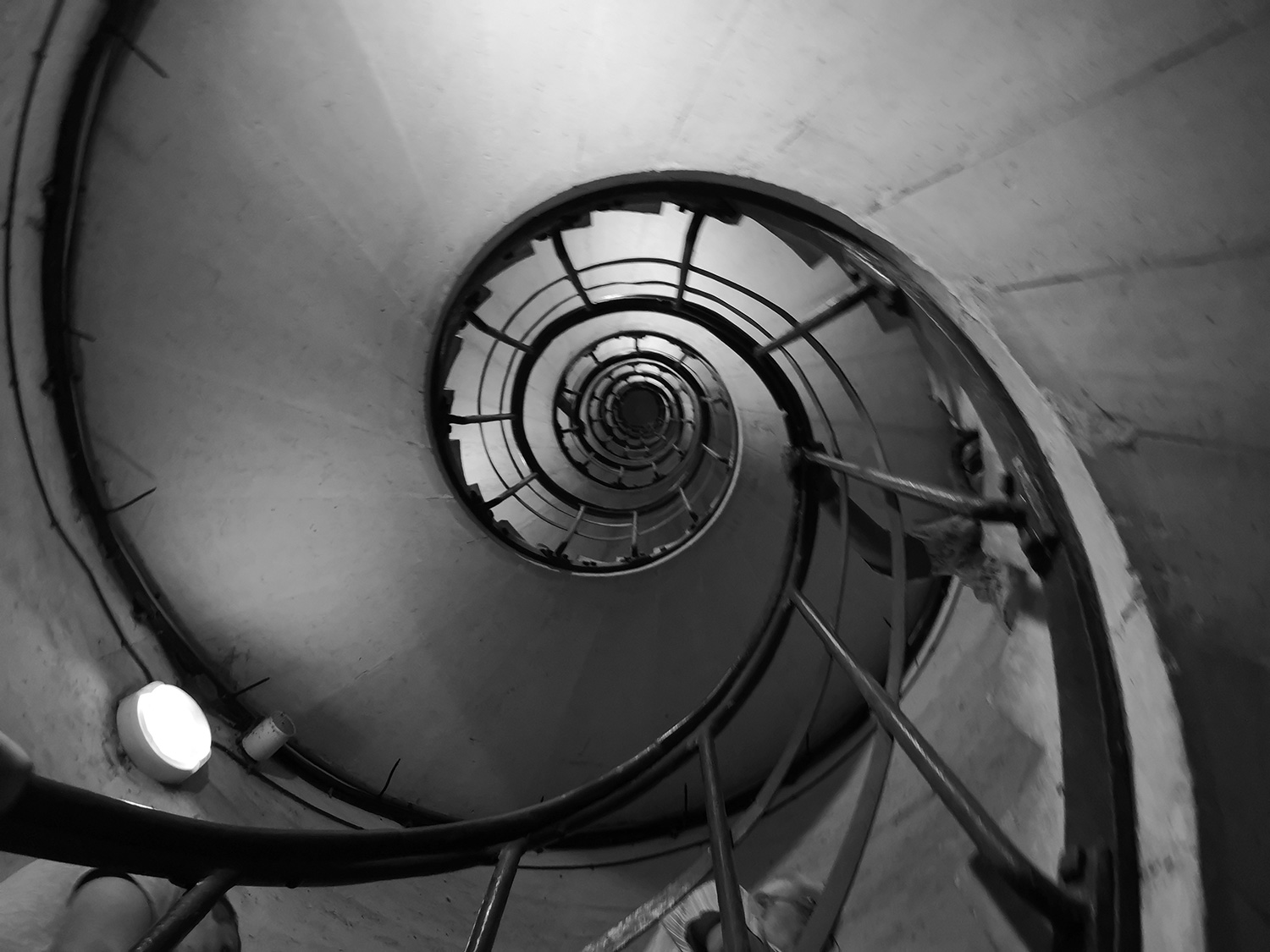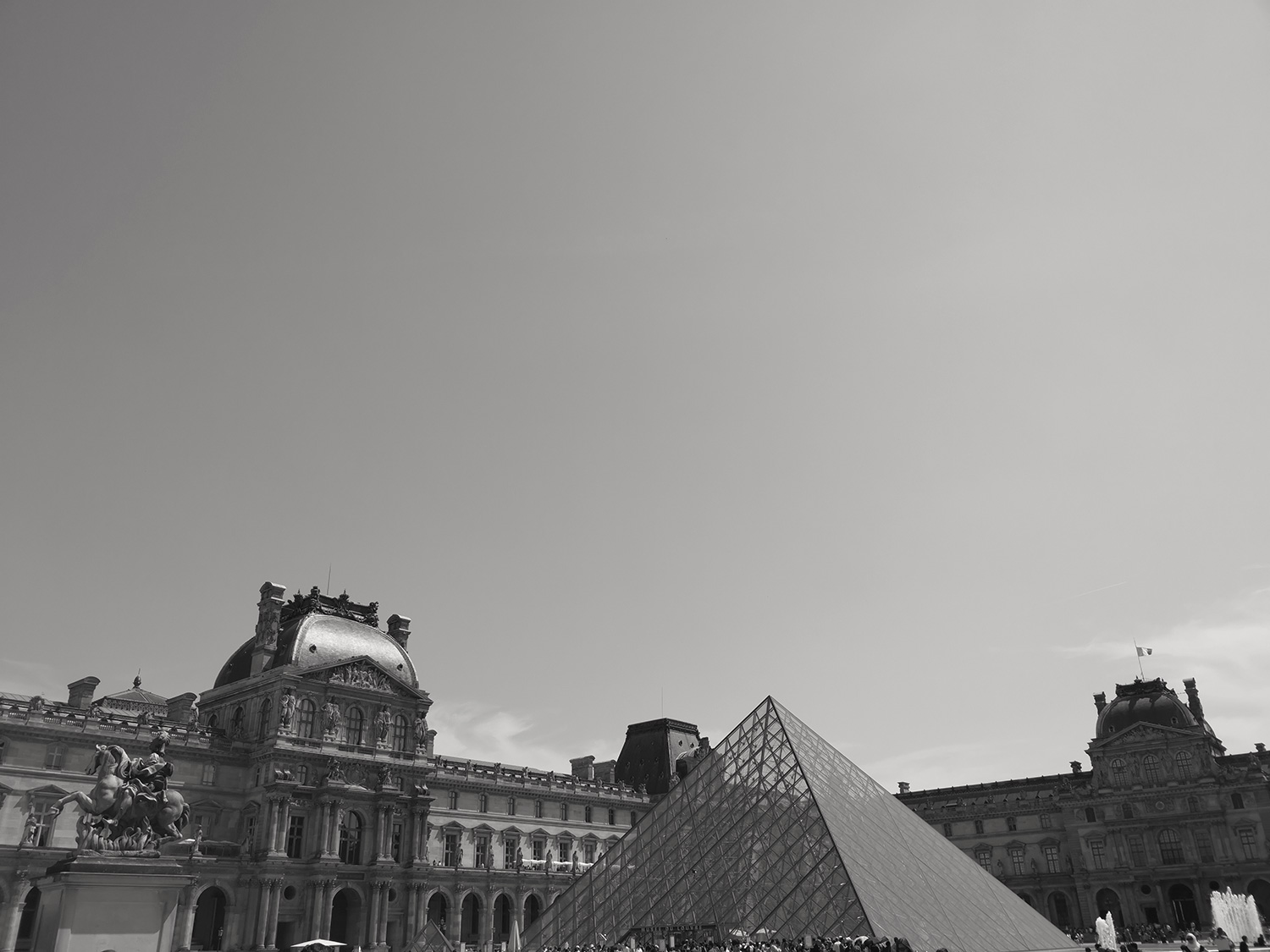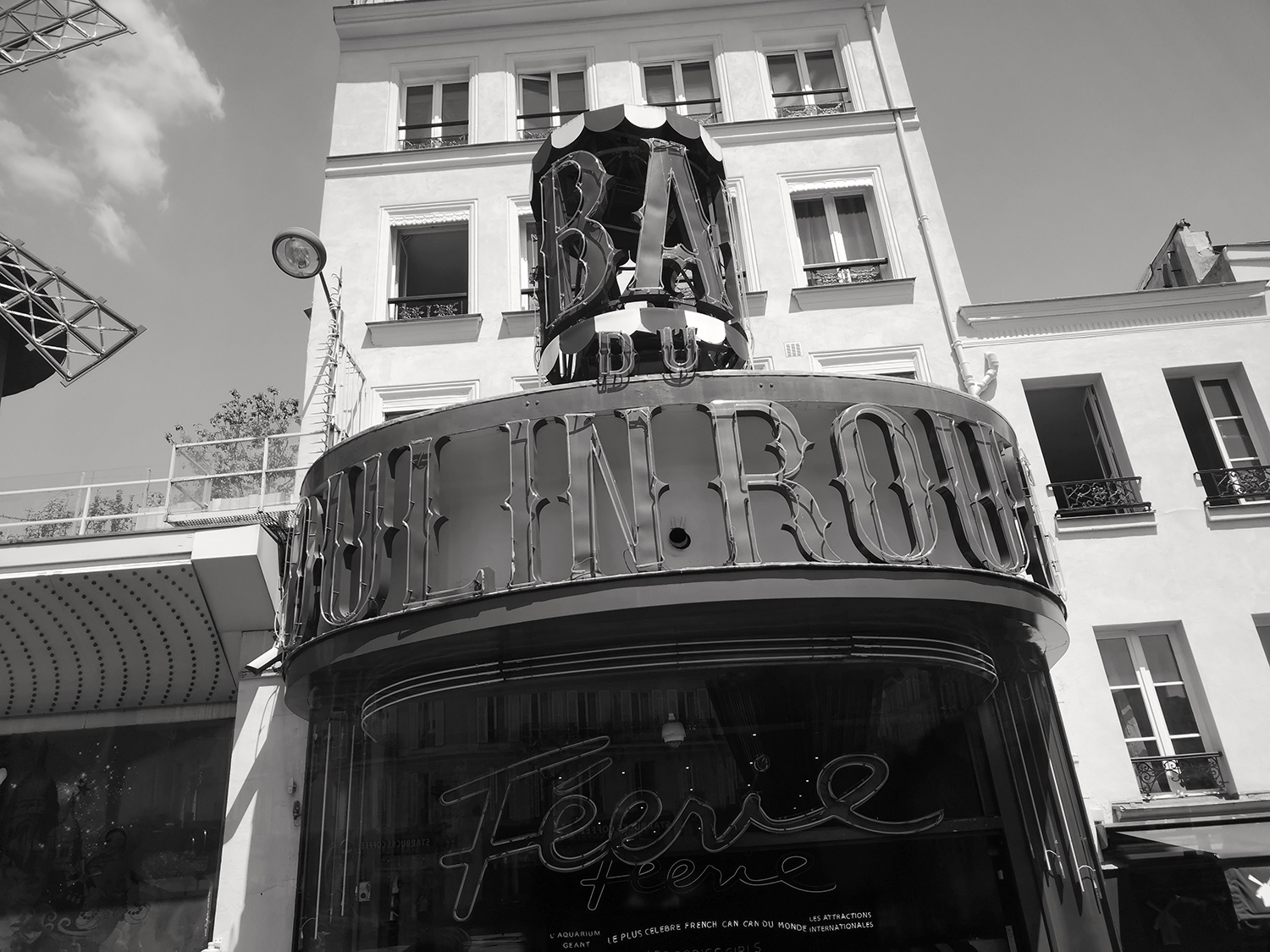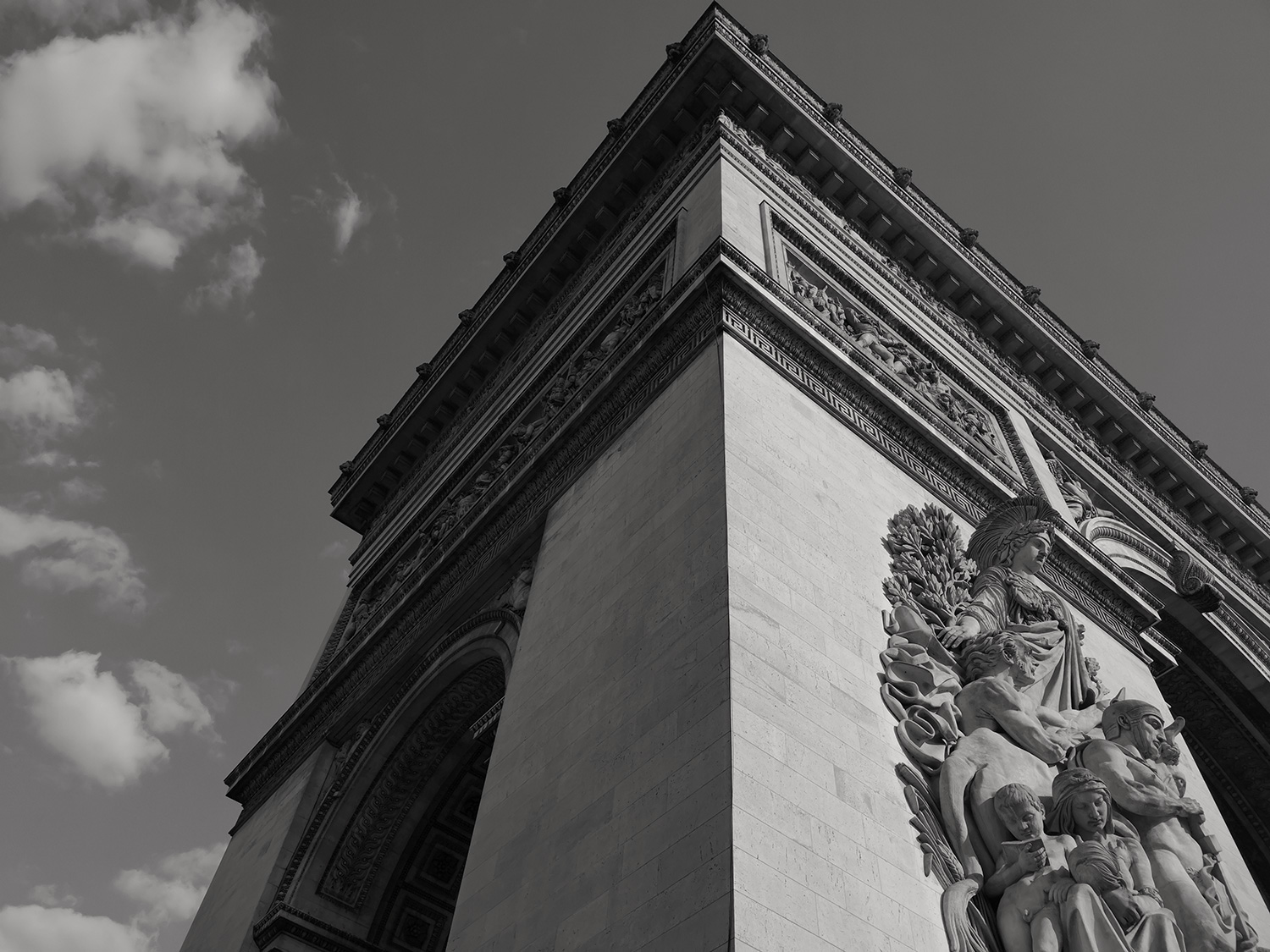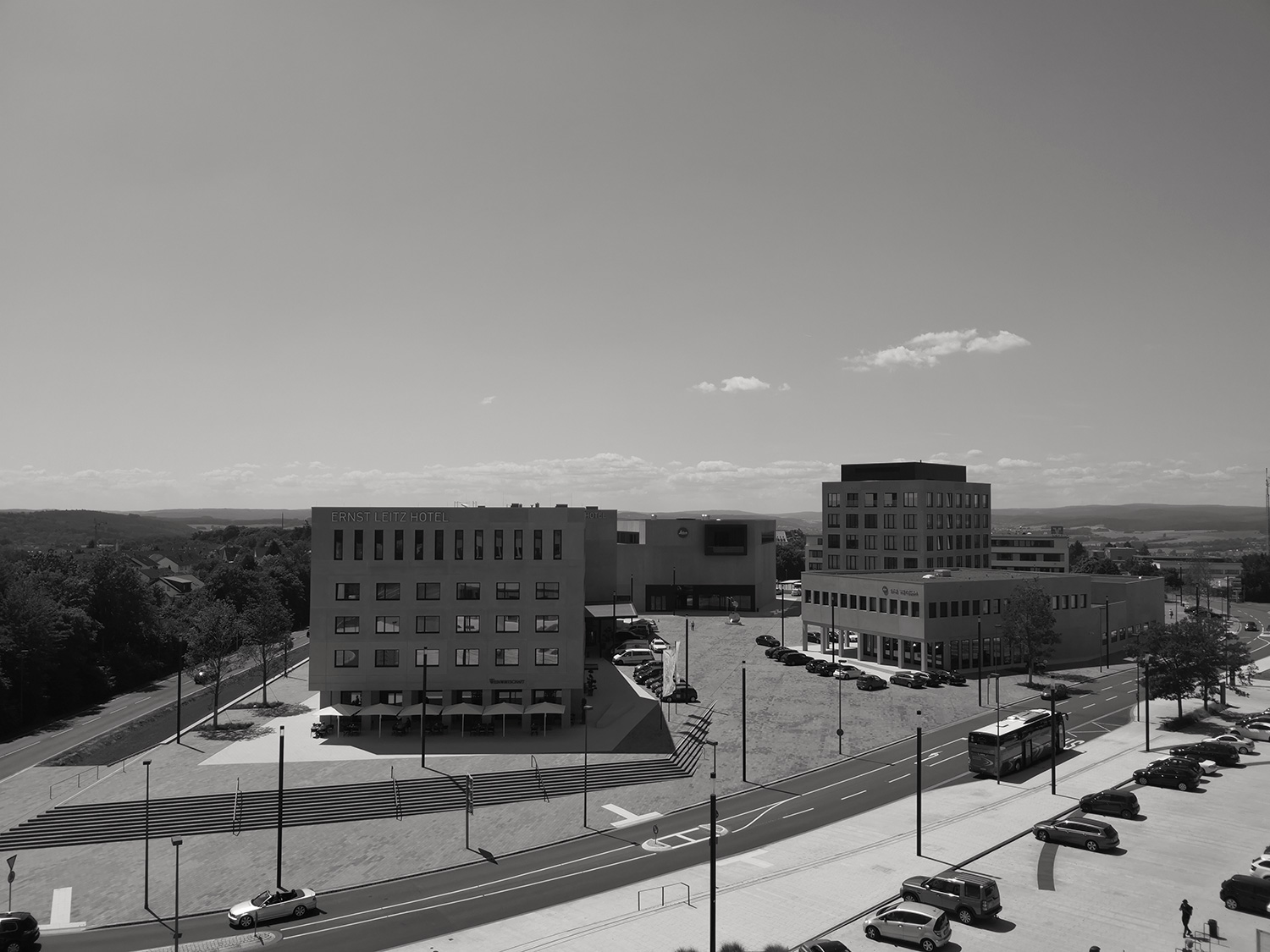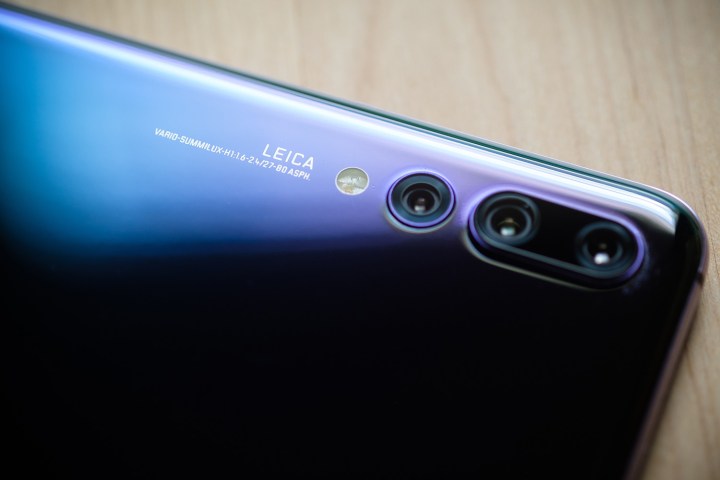
There’s a truism that’s grown painfully popular since the rise of the smartphone: The best camera is the one that’s with you. But when it comes to street and travel photography, one phone makes a strong case for being the best camera even in the presence of larger, dedicated imaging devices. That’s the Huawei P20 Pro, with its three camera modules that were co-engineered with Leica, the world’s most storied camera brand, especially when it comes to street photography.
It’s no secret that we are already fans of the P20 Pro — DT’s Andy Boxall called it the best Android phone we’ve used this year in his review. Huawei’s partnership with Leica also isn’t anything new; the German camera company has been lending its knowledge to the Chinese smartphone manufacturer for a couple of years now. But it is in the P20 Pro and its remarkable camera that everything seems to have come together. On a recent trip to Leica HQ in Wetzlar, Germany, we learned more about how this came to be — and had the chance to shoot beautiful photos across Europe, from Milan to Paris, along the way. (We were guests of Huawei, but all opinions are our own.)
Passion for the product
Leica is known as a company that always stresses the details. As we witnessed, many stages of its camera and lens production line are done by hand. Even seemingly basic tasks like gluing the red mount alignment indicator onto the lens barrel requires a human touch. It is this obsessive dedication to quality craftsmanship that has earned Leica such a loyal following, elevating the brand to a level of fandom that few other camera companies experience.
While visiting its Leitz-Park campus, one gets the feeling that “good enough” is never really good enough for Leica. Rather than simply move into some vacant warehouses and office buildings, Leica built the campus from the ground up to resemble its products. One building is shaped like a lens, another a pair of binoculars, while an expansive strip of windows wraps around them both like an unwound roll of film. A window on an adjacent building is shaped like the viewfinder on an M-series rangefinder camera. Even the Leitz Café is unique, with elegant lines indoor and out and ample natural light that bounces off the white tables and chairs. (It’s an Instagrammer’s dream location, whether Leica would appreciate that designation or not.)
Entering into the main production building reveals a gallery of historical photos shot on Leica cameras. Nearly all are recognizable, from the Che Guevara portrait your college roommate wore on a t-shirt, to the haunting “napalm girl” photo that opened the public’s eyes to the horrors of the Vietnam War (and continues to stir up controversy to this day). Across from the gallery is a collection of Leica cameras, from antique screw-mount rangefinders to medium-format digital heavyweights. Standing in the middle, holding a
Forget the tech, focus on the photos
Leica’s history and obsessive passion is what makes the P20 Pro so intriguing, from a photography standpoint, and the camera specifications are nothing short of astonishing. A 40-megapixel 1/1.78-inch sensor makes up the main camera module, offering both higher resolution and a larger physical size than the average
None of this matters if the results don’t speak for themselves. However, these specifications, as impressive as they are, are merely a means to an end. In speaking with representatives from Huawei and Leica, we got the genuine feeling that the photos — not the tech — are the real selling point. It’s all about results, and Leica’s experience in everything from optical design to color science played a role in making the P20 Pro the most capable phone camera on the market.
The P20 Pro’s camera specifications are nothing short of astonishing, but these specifications are merely a means to an end.
It was continually stressed that this isn’t just a branding partnership — Leica and Huawei engineers worked together throughout the design process. No, the plastic lenses themselves are not manufactured by Leica. Its equipment is geared for larger glass lenses that take many hours to produce and is simply not suitable for the higher quantity demand of a consumer product like the P20 Pro, but Leica does take a hands-on role in designing the optical formulas.
Other features, like a brilliant screen and incredible battery life, further complement the photographic capabilities of this phone. But being the best phone camera isn’t itself sufficient to win over real photographers. A phone needs to also be a great camera, bar none — and when it comes to travel and street photography, the P20 Pro absolutely succeeds here, even if it leaves a bit to be desired elsewhere.
Being there
It was street photography where Leica really began to build a name for itself. In fact, there really wasn’t such a thing as “street photography” before Leica. When Oskar Barnack designed the first Leica rangefinder, he merely intended to make a small testing instrument that filmmakers could use to sample a film stock before committing to putting hundreds of meters of it through their motion picture cameras. Virtually by accident, he ended up creating a device that led to the proliferation of the 35mm film standard for still photography, a far more portable option to the heavy photographic plates used at the time.
When Barnack made his first test image, it captured a street scene with people frozen in place, preserving a moment in time in a way other cameras at the time, which relied on very long exposure times, simply could not. Street photography was born, and the location of that first photo is now known as Leica Fotopunkt Eisenmarkt, a point we visited with a very different kind of Leica camera in hand.
As with 35mm film, the miniaturization of
Perhaps most importantly, when taking pictures with a phone, you feel like you are part of the environment, whereas using a dedicated camera can often separate you from it. But as important as the process is, the images themselves still have to turn out well, and the P20 Pro makes this happen — at least, most of the time.
Old school meets new school
Using multiple cameras is nothing new on a
This is the same logic behind a much more expensive all-black-and-white camera: the Leica M Monochrom. The P20 Pro certainly can’t match the quality of a full-frame Leica, but its monochrome images are still incredibly detailed with rich contrast that makes images pop. It was actually the P9, which represented the genesis of the Leica/Huawei partnership, that first introduced a monochrome sensor — but with just 12MP. The 20MP unit on the P20 Pro is a big improvement.
What’s more, while many phone cameras — including the P20 Pro’s RGB mode — often over-sharpen images, resulting in an unnatural appearance, the monochrome mode suffers from none of this. The detail is crisp but lifelike, and the tonal range is wide without looking like an
We started the trip with a
We enjoyed the monochrome mode so much that we probably used it for well over half of the photos we made on the trip. It made for a surprisingly refreshing creative experience, and this is the real reason why we feel the P20 Pro is the
Is this also the first phone to truly replace your DSLR or
Portrait mode is also a bit of mixed bag. When it works, it works really well, with excellent depth simulation and clean masking. But we often had trouble getting it to recognize our subject. The shallow depth-of-field effect would engage for a second, then disengage for no apparent reason. Tapping on our subject’s face didn’t help recover it; we simply had to wait and hope the camera would figure it out. It got to the point where we just tried to take the picture as quickly as possible as soon as the effect showed up, because we didn’t know how long it would stick around.
But for street photography, these things don’t matter. Here, Master AI and simulated depth of field aren’t important; the great optics, monochrome sensor, and power of the built-in Pro mode (which lets you select shutter speed and ISO settings) is much more so. We started the trip with a
That doesn’t mean we’re getting rid of our mirrorless cameras and DSLRs, though, and we will still lust after each new Leica special edition rangefinder. But it’s comforting to know that a we hold a piece, if even just a hint, of that company’s photographic passion in a device that fits in our pockets — and doesn’t cost thousands of dollars.

